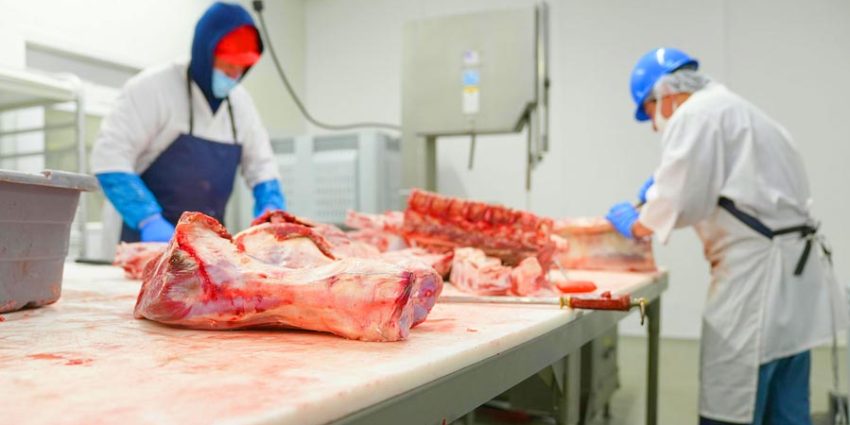Choosing the right tool can feel like an art form, especially in the world of meat preparation. Whether you’re a professional butcher or a passionate home cook, the type of meat you’re working with directly affects your choice of tools. Imagine wrestling with a tough cut of beef using a delicate filleting knife meant for fish. Not a pleasant thought, right? Understanding how different meats dictate your tool selection is essential for achieving that perfect cut, enhancing your culinary creations, and ensuring safety.
The Weight of Choice
When it comes to meat, each type comes with its own unique texture, fat content, and muscle structure. Here’s how these factors shape your tool selection:
- Beef: Beef cuts can vary from the tender filet mignon to the more muscular chuck roast. For tougher cuts, a sturdy cleaver or butcher knife is essential for precision. In contrast, tender cuts may require a more refined slicing knife to maintain the integrity of the meat.
- Pork: With pork, you often encounter a mix of fat and lean meat. A sharp boning knife is crucial for separating meat from bone, especially when dealing with cuts like pork chops. A meat slicer also proves handy for creating even, thin slices from larger cuts.
- Poultry: Chicken and turkey require a different approach altogether. A versatile chef’s knife can handle everything from breaking down a whole bird to deboning. For smaller tasks, such as trimming, kitchen shears can be a real time-saver.
- Lamb: The rich flavor of lamb calls for tools that can slice through fat and bone with ease. A boning knife and a sturdy carving knife are great companions for achieving that perfect roast.
The Science of Meat Preparation
The science behind meat selection also plays a pivotal role. Different cuts respond differently to heat and cooking methods. A well-marbled ribeye, for example, thrives with high-heat cooking, requiring tools that can handle quick, aggressive cuts. In contrast, a tougher chuck roast benefits from slow cooking, necessitating tools designed for initial butchering and later slicing post-cooking.
Safety First
Let’s not forget about safety. Using the right tool reduces the risk of accidents. A dull knife is not only inefficient but also dangerous, as it requires more force and can slip easily. A well-maintained, sharp knife tailored to your specific meat type allows for cleaner, safer cuts.
Conclusion
The world of meat preparation is vast and varied, with each type requiring careful consideration of the tools you employ. By understanding how different meats influence tool selection, you enhance not only the efficiency of your preparation but also the quality of your culinary results. So, the next time you step into the kitchen or a butcher shop, take a moment to evaluate your meat and ask yourself: “Do I have the right tools for the job?” The answer could make all the difference in your culinary journey.

